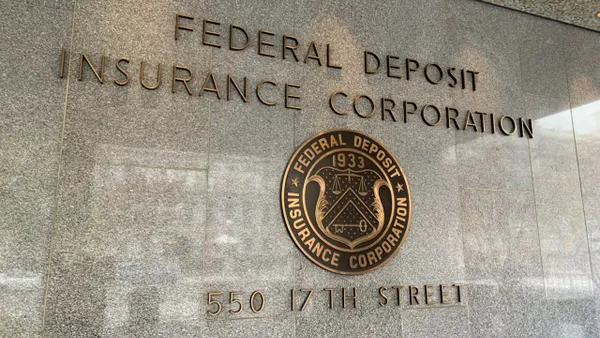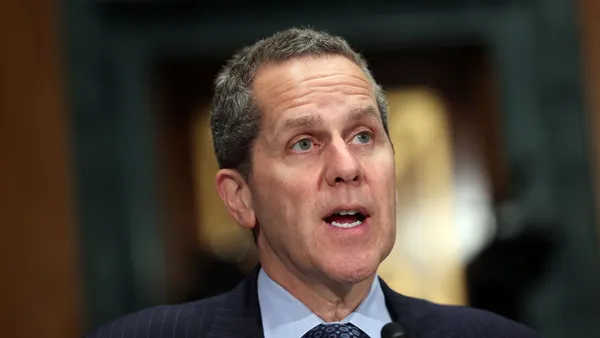This year’s pre-Labor Day nudge to return to the office looks a little different.
Banks in 2020 held out the unofficial end-of-summer holiday as a wait-and-see benchmark amid a fluctuating COVID-19 caseload.
The more flexible banks last year made an appeal to employees without the threat of enforcement. “Technology can’t replicate the energy, spontaneity, big ideas, true sense of belonging and fun” of being in the office together, Royal Bank of Canada CEO Dave McKay wrote in an August 2022 memo. “As we move into the fall, I’m asking our leaders and colleagues to come together more often in person to work and collaborate.”
The bank did not specify — until months later — how many days a week it wanted that spontaneity to happen.
Hard chargers such as Goldman Sachs and Morgan Stanley, meanwhile, telegraphed their message by dropping vaccination requirements for in-office employees. “In line with these updated [Centers for Disease Control and Prevention guidelines], if you have not been coming in to the office, please speak with your manager to ensure that you understand and adhere to your division’s current return to office expectations,” Goldman said in August 2022.
Fast-forward one year, and Goldman’s frustration at lagging attendance is showing.
“While there is flexibility when needed, we are simply reminding our employees of our existing policy,” the bank’s human resources chief, Jacqueline Arthur, said in a statement Tuesday seen by Bloomberg. “We have continued to encourage employees to work in the office five days a week.”
Goldman CEO David Solomon has made no bones of his desire to see the office well-populated. As early as February 2021, he called the previous year of remote work an “aberration,” and his bank has long used badge swipes to tack employees’ in-office attendance.
But 2023 is not 2022.
Sure, Goldman slowed its hiring last summer and reinstated annual performance reviews, a tool thought to factor in to determining job cuts. And although the bank’s cull began on a small scale in September, it wasn’t widespread until months later. Goldman said this May that it would trim its rolls by up to 250 more employees. With the end of another fiscal quarter — and indeed, the fiscal year — approaching, a further update wouldn’t be a surprise.
All of this is to say, it’s a bad time for employees to flout the rules if their bank is downsizing. But what are the rules?
It should be noted that Goldman said Tuesday it encourages — not “requires” —employees to be in the office five days a week. So those who choose to flex-work more frequently may not be violating policy. However, decision-makers can flag oft-remote workers and dig into other aspects of their performance for fire-able offenses that are more defensible.
There is precedent, too, for stiff consequences against workers who don’t follow COVID-era office attendance protocol. Citi in January 2022 threatened to fire office workers who failed to upload their COVID-19 vaccination card by an internal deadline. The bank reportedly placed about 150 employees on leave. More recently, Citi has asked its managers to consider compliance with company rules — potentially, office attendance — when they design pay packages.
But perhaps a reminder is just a reminder. The Federal Reserve, FDIC and OCC in February “reminded” banks that partner with crypto firms of heightened liquidity risks and the need for appropriate risk management. The statement did not create new policy, and the agencies emphasized that banks “are neither prohibited nor discouraged” from providing banking services to crypto companies.
Apart from rooting out misstatements about deposit insurance, those regulators have steered clear of a large-scale crypto crackdown. The SEC, however, has notably ramped up pressure on the sector.
The takeaway should be: A reminder can be a warning. Consequences may not be about office attendance. And Goldman may not be a trailblazer here.
Or Goldman’s message could just be about Labor Day.











